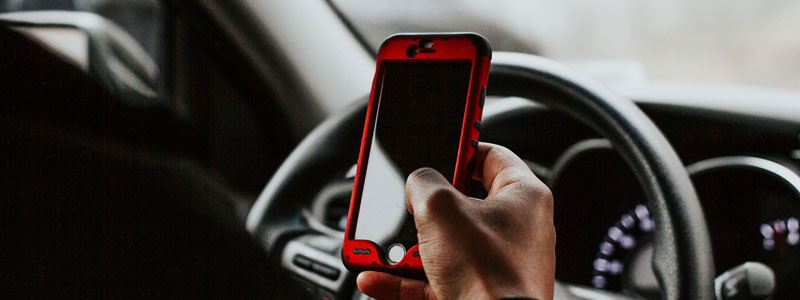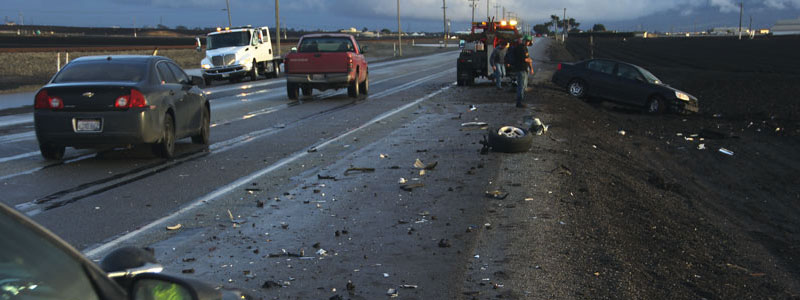A Drunk Driver Hit Me on St. Patrick’s Day. What Are My Options?
For many, St. Patrick’s Day is a perfect time to celebrate Irish heritage and family togetherness. For others, it’s the perfect party opportunity: St. Patrick’s Day is one of the most alcohol-consumption heavy days of the year. If your St. Patrick’s Day celebration includes alcohol, we encourage you to take steps to ensure your safe […]

Available 24/7
Free Case Review
You won’t pay any fees until we win your case.
It’s easy - you can:

